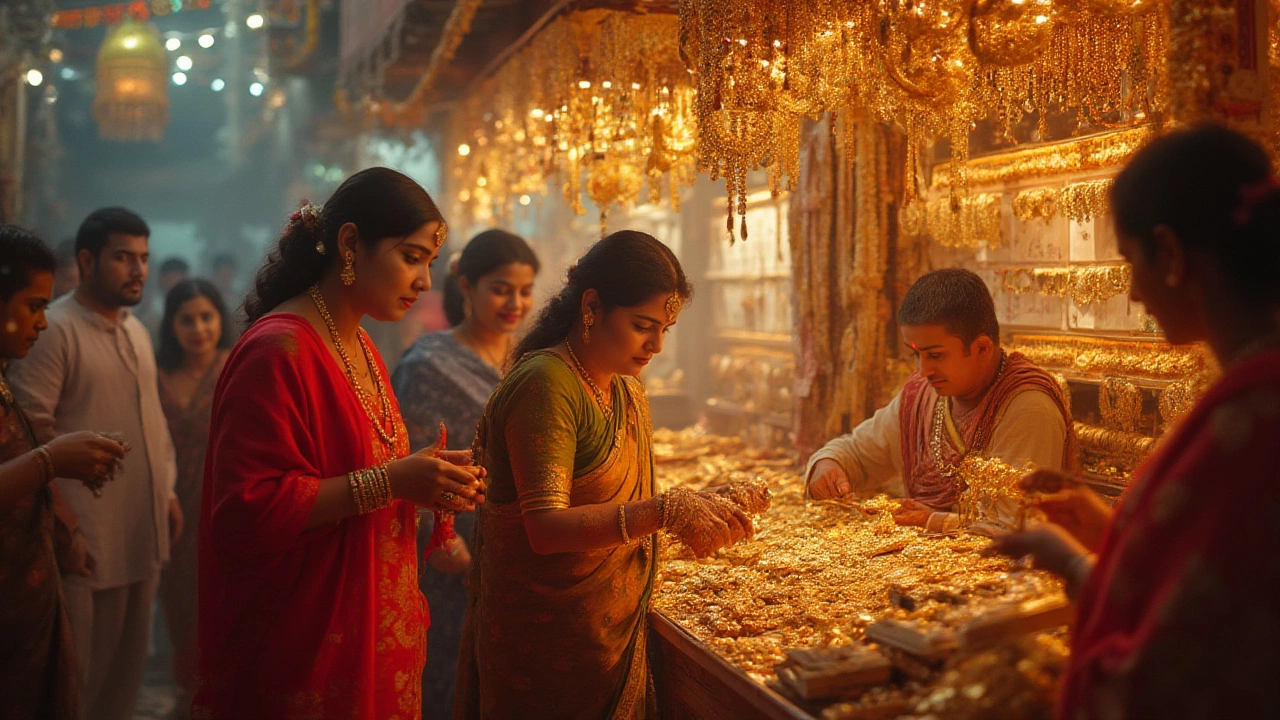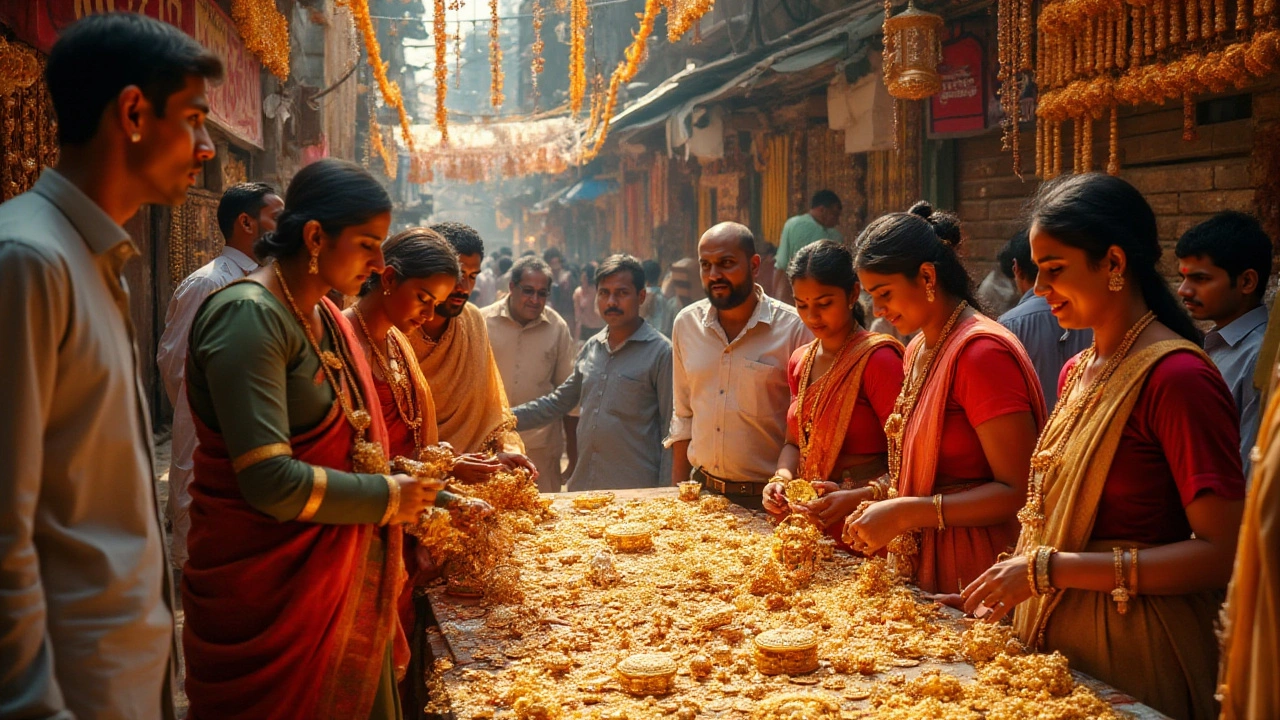Gold Prices India – Today’s Rate, Why It Changes, and How to Buy Smart
If you’re wondering what gold costs right now, you’re not alone. Every morning the new price pops up on news channels, WhatsApp groups, and jewelry shop windows. The number you see—usually quoted per 10 grams or per ounce—reflects a mix of global markets, Indian demand, and government policies.
First, check the official rate on the Indian Bullion and Jewellers Association (IBJA) website or trusted financial apps. Those sources pull data from the London bullion market, convert it to rupees, and add a small markup for local taxes. The figure you get is a good baseline before any jeweller adds their own profit margin.
What Drives Gold Prices in India?
Three big forces push the price up or down. One is the global dollar value. When the dollar weakens, gold becomes cheaper for buyers using other currencies, so the Indian price climbs. Two is local demand: wedding season, festival celebrations, and investment trends all spike buying, which nudges the rate higher.
The third factor is import duties and GST. The Indian government sets a basic customs duty on gold imports, and a 3% Goods and Services Tax is added on top. Any change in those rates instantly shows up in the market price. Keep an eye on finance ministry announcements—sometimes a tiny policy tweak can shift the number by a few hundred rupees.
How to Use Gold Price Info When Shopping
When you walk into a shop, ask for the daily rate and compare it with the online figure you noted earlier. A reputable jeweller will quote the exact same number and then explain their making charges, which usually range from 2% to 5% of the gold weight.
Make sure the item carries a BIS hallmark. The stamp tells you the purity (for example, 22K or 916) and confirms the gold meets Indian standards. If you see “875,” that’s 21‑karat gold, a common choice for everyday wear. Knowing the hallmark helps you calculate the real cost: multiply the weight by the daily rate, then add the making charge.
Don’t forget to ask about the buy‑back policy. Some stores offer to repurchase gold at the prevailing rate, minus a small discount. If you plan to treat gold as an investment, a clear buy‑back clause can protect you if the market swings.
Finally, consider timing. Gold often spikes during economic uncertainty or before major festivals like Diwali. If you’re not in a hurry, watching the price for a week or two can save you a decent amount. Use a simple spreadsheet: note the daily rate, calculate the cost for the piece you want, and watch the trend.
In short, staying updated on the official gold price, understanding what moves it, and checking hallmarks and making charges will let you buy with confidence. Whether you’re adding a 22K chain for daily wear or picking up a 21K pendant for a special occasion, the right info makes every rupee count.
Best Month to Buy Gold in India: Timing Your Purchase for Maximum Savings
Discover the smartest month for buying gold in India. Get expert tips on the best timing, seasonal price trends, and how to snag the lowest gold prices.
Understanding Why Gold is More Affordable in India: Insights into Temple Jewellery Pricing
Gold pricing in India, particularly with respect to temple jewellery, tends to be more affordable than in many other parts of the world. This is due to a variety of economic, cultural, and historic factors that influence the gold market in India. Understanding these dynamics can benefit both collectors and investors who are interested in the global gold trade. The cultural importance of gold in India, combined with intricate traditional designs in temple jewellery, plays a significant role in its market pricing.






